
The 1950s – a decade often painted in rosy hues of suburban bliss and booming prosperity. But what was truly happening beneath the surface, especially when it came to something as fundamental as what Americans were putting on their plates? Today, we’re diving deep into the Fifties to uncover some surprising realities and pivotal shifts that would absolutely shock you, shaping not just how people ate, but how they lived, loved, and even fought for the future.
While specific daily menus might not always be highlighted in every historical record, the era’s economic boom, technological leaps, and profound social changes undoubtedly left an indelible mark on American kitchens and dining tables. The world was recovering from World War II, fueled by a massive economic expansion and a burgeoning baby boomer generation, all of which contributed to new patterns of consumption and daily life.
From the groundbreaking emergence of convenience foods to the subtle influences of geopolitical tensions, the Fifties were a melting pot of new experiences that redefined consumption. Get ready to have your assumptions about this iconic decade delightfully shattered, as we explore trends and facts that illustrate just how different life was, and how many foundations for our modern world were laid during these transformative years!
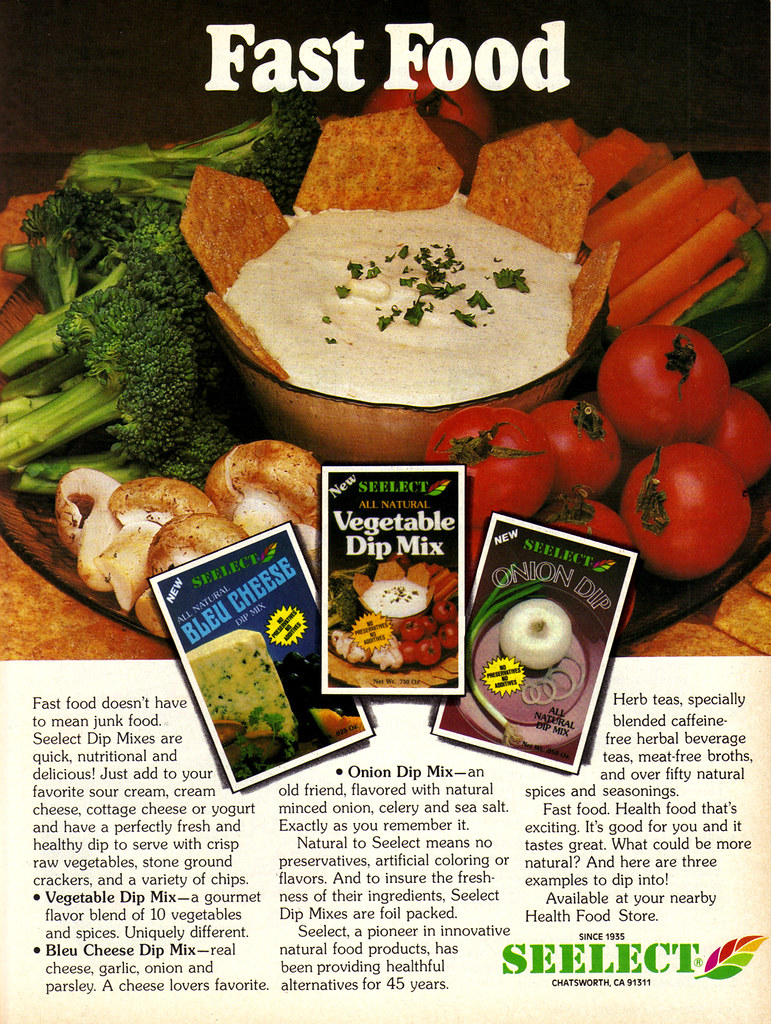
1. **The Fast-Food Revolution: Birth of Iconic Chains**Imagine a world where grabbing a quick, affordable meal wasn’t the norm. The 1950s changed all that, kickstarting a revolution in American dining that continues to define our landscape today. This was the decade when some of the biggest names in fast food, places you probably eat at regularly, first burst onto the scene or began their massive expansion across the nation. It was a true game-changer for how Americans ate and socialized.
Picture this: iconic multinational restaurant chains like McDonald’s, Denny’s, Burger King, Pizza Hut, and IHOP all started their journey or saw significant growth during these ten years. This wasn’t just about offering food; it was about creating an entirely new way of life, where convenience met affordability. This explosion of quick-service restaurants reflected a burgeoning desire for speed and efficiency in a rapidly modernizing society, eager to embrace new possibilities and save precious time.
Their arrival and widespread expansion wasn’t just a culinary trend; it was a profound cultural phenomenon. It signaled a major shift towards mass consumerism, where standardized experiences and accessibility became key drivers for the American public. These establishments quickly became popular gathering spots, symbols of a new, optimistic era, making dining out a regular, easy option for families and individuals alike. What started as simple diners and burger joints morphed into a powerful force, shaping American eating habits and leisure for generations to come.
Read more about: Dunkin’s Digital Revolution: Unlocking Hyper-Personalized Perks for Your Daily Coffee & Donut Fix
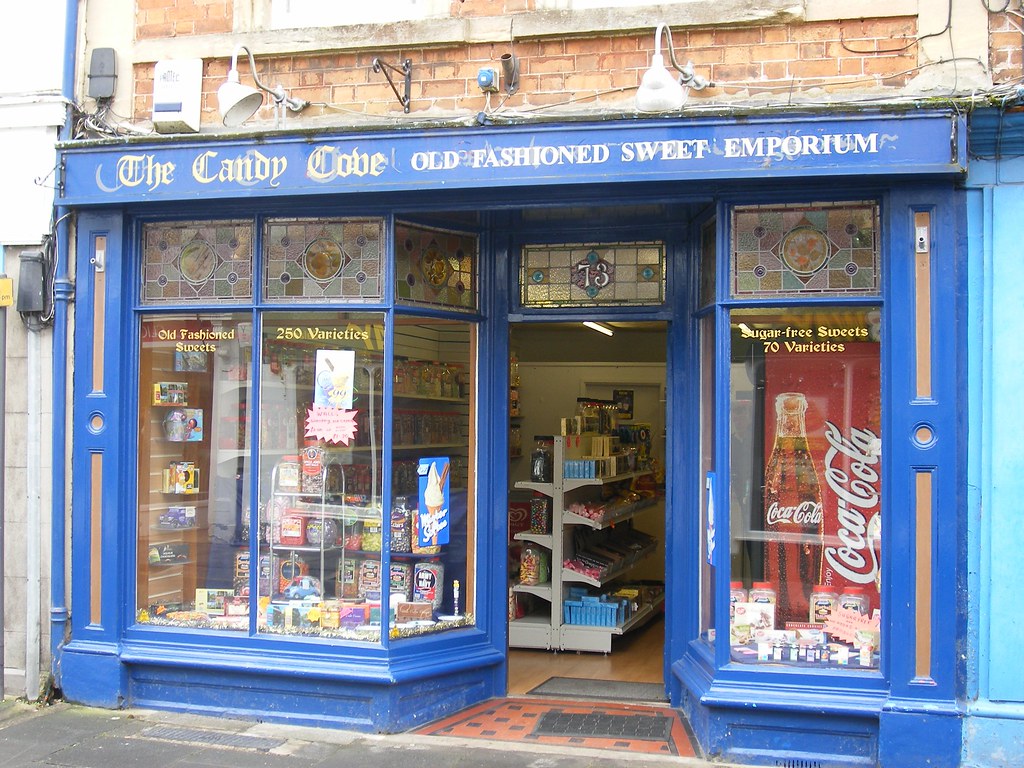
2. **Pez: A Sweet Pop Culture Phenomenon**Ever wonder about those little candy dispensers with character heads that bring back so many childhood memories? You might be shocked to learn that Pez candies made their official pop culture debut right in the heart of the 1950s! Originally developed in Austria in the late 1920s as a breath mint, Pez transformed into the fruit-flavored candy we know and love, complete with its iconic dispensers, during this exciting decade.
While not a foundational meal, the rise of Pez highlights a broader trend in 1950s America: the burgeoning focus on children’s consumer products and the increasing influence of popular culture on daily life. These colorful, collectible candies weren’t just a sweet treat; they quickly became a fun, shareable item that integrated itself into the fabric of American childhood and youth culture.
The simple act of dispensing a Pez candy became a mini-ritual, a small joy that brightened many days. Their popularity underscored how even small, seemingly insignificant items could become well-known cultural touchstones, reflecting the era’s optimism and the growing market for playful consumer goods. It’s a sweet reminder of how everyday items from the 50s still resonate with us today.

3. **The Cold War’s Shadow: Nuclear Anxiety and Daily Life**Beyond the cheerful façade of suburban life, the 1950s were a time of intense global tension, specifically the escalating Cold War between the Soviet Union and the United States. This ideological clash between communism and capitalism wasn’t just happening in distant political circles; it cast a long shadow over everyday American life, creating a politically conservative climate and a pervasive sense of anxiety that would absolutely shock us today.
Think about this: the US tested its first thermonuclear bomb, code-named Ivy Mike, in 1952, followed by other tests like Castle Romeo in 1954. This kicked off a terrifying arms race, with both superpowers developing increasingly destructive nuclear weapons. It’s hard to imagine living under such a constant threat of global annihilation, where bomb shelters and air-raid drills were a very real part of public consciousness.
The beginning of the Cold War also led to the Space Race, ignited by the Soviet Union’s launch of Sputnik 1 in 1957, prompting the US to create NASA in response in 1958. This wasn’t just about scientific achievement; it was a direct competition for global dominance. The constant geopolitical tension and fear of nuclear conflict permeated everything, subtly influencing everything from government policy to family planning and even, perhaps, the desire for comforting, familiar foods in uncertain times.

4. **Television Takes Over: The Dawn of Mass Consumerism**Get ready for another eye-opener: while television might seem like an old-school medium now, the 1950s truly marked its “Golden Age” and cemented its place as a common innovation in American homes. Before this decade, TVs were a novelty, often with tiny screens. But by the end of the Fifties, most American households owned a set, making it a central fixture in family life and a powerful new force in shaping consumer desires.
This widespread adoption of television wasn’t just about entertainment; it directly fueled the rise of mass consumerism. With a TV in nearly every living room, advertisers had an unprecedented direct line into American homes, showcasing new products and encouraging families to upgrade whatever they currently had. It was a masterclass in creating demand, making people want more and newer things.
The idea that a single device could so drastically change spending habits and cultural norms is pretty wild to think about today, when we’re constantly bombarded by screens. But in the 1950s, television was a revelation, transforming how Americans received information, spent their leisure time, and most importantly, what they aspired to buy. It profoundly reshaped the landscape of American desire and the burgeoning consumer economy.
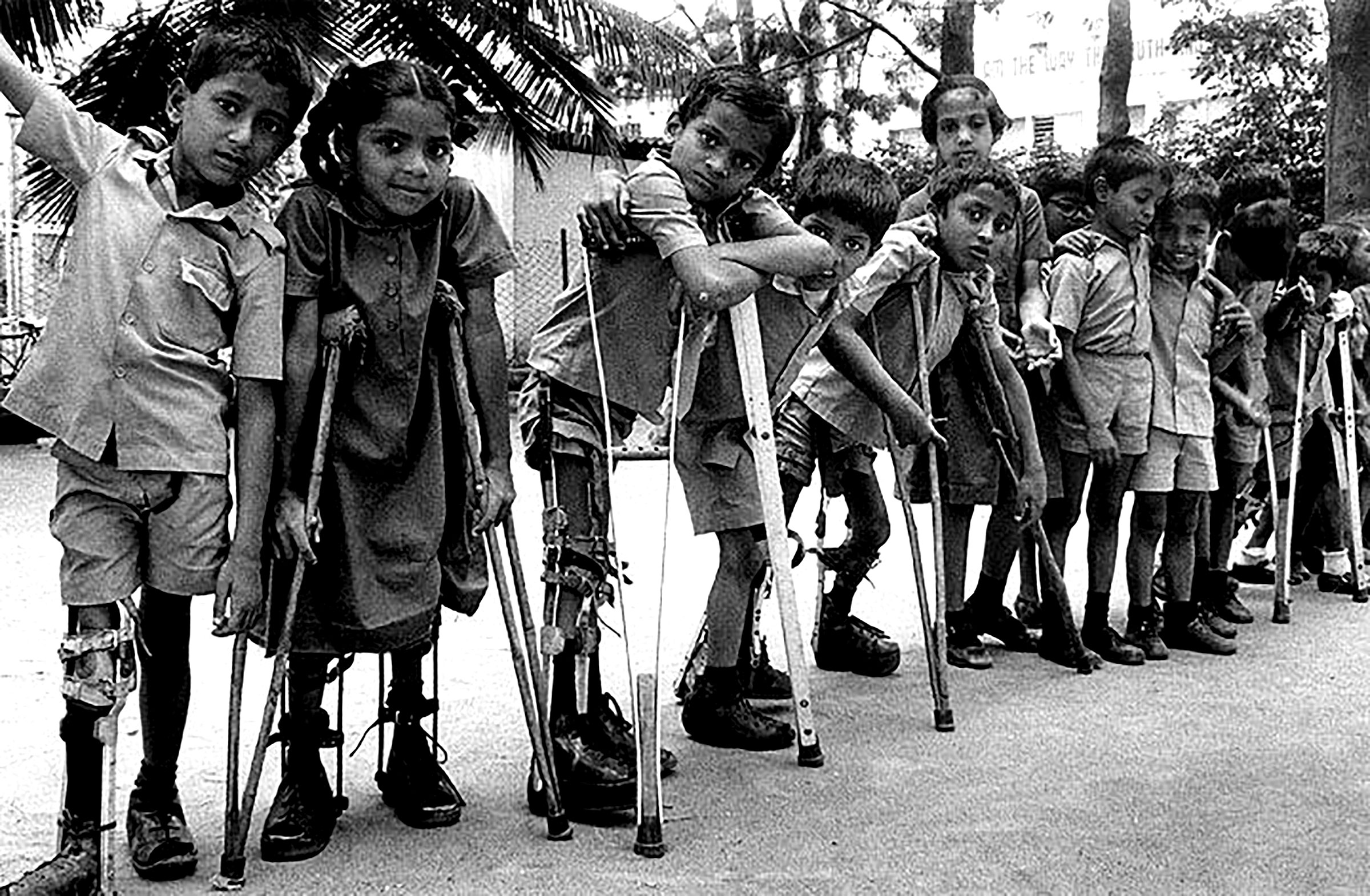
5. **Polio’s Defeat: A Public Health Miracle**While we grapple with modern health concerns, imagine a world where a terrifying disease like polio stalked children, causing paralysis and even death. The 1950s delivered a public health victory that would be nothing short of miraculous: the successful discovery and widespread use of the polio vaccine. This breakthrough transformed the lives of millions and sharply curtailed the incidence of poliomyelitis in industrialized countries.
Before the vaccine, polio was a devastating reality for families across America, often leading to widespread panic during outbreaks. The fear of this disease profoundly impacted daily life, from summer activities to public gatherings. The development of a vaccine by Jonas Salk in 1955, and its subsequent mass administration to more than seven million American students, marked a pivotal turning point in medical history.
This rapid decline in death rates and incidence of polio, a direct result of scientific innovation and widespread public health campaigns, truly changed the fabric of society. It offered a profound sense of relief and optimism, allowing children to play more freely and families to breathe easier. This collective effort and success in conquering a widespread, terrifying disease is a testament to the era’s scientific prowess and public trust, something that might shock us with its speed and unity today.

6. **Young Love, Big Families: The Boomer Generation’s Roots**If you think people are getting married later and later these days, the 1950s will absolutely shock you! This decade saw the median age of newlyweds decline to its lowest point in history, a level not seen since. By 1954, nearly half of American brides were teenagers, often marrying men just a few years older. Talk about starting a family early!
This trend wasn’t just a quirk of the era; it was deeply intertwined with the robust economic environment. A strong economy and low unemployment rates supported widespread prosperity, expanding the middle class and making affordable housing surprisingly accessible. Young couples could envision a stable future together much earlier than subsequent generations, which profoundly impacted the social fabric of the nation.
These young brides, many still in their teens, were not just looking for love; they sought husbands who were stable providers, a reflection of the prevailing societal expectations. This economic environment not only enabled early marriages but also granted these teenage brides notable purchasing power, a demographic actively targeted by marketers. The Fifties were truly the era of the nuclear family and the burgeoning baby boomer generation, shaping American demographics for decades.
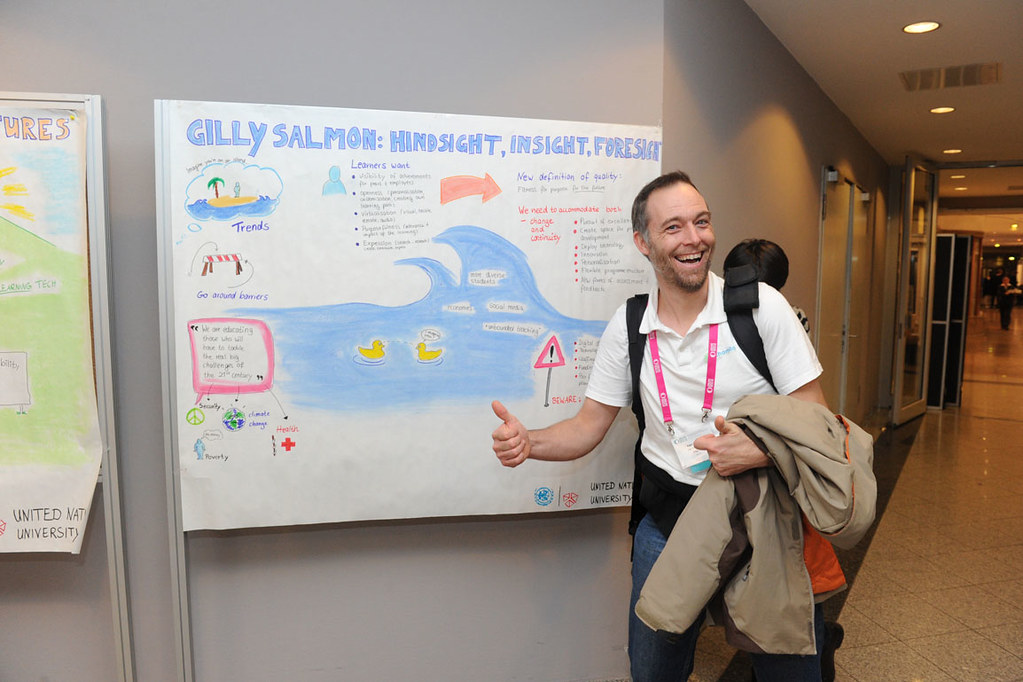
7. **The “PhT” Diploma: Recognizing Wives’ Unsung Contributions**Here’s a fascinating glimpse into 1950s gender roles and educational aspirations that might truly surprise you. While the era is often remembered for traditional family structures, there was a quiet revolution happening in higher education, one where wives played a crucial, often unacknowledged, role. This was the time when a gap in educational attainment emerged, with college degrees yielding significantly higher earning potential than high school diplomas.
Given the prevailing cultural norms, more men pursued higher education, striving for those lucrative degrees. However, many couldn’t have done it without the financial contributions of their wives, who entered the workforce to support their husbands’ academic journeys. This wasn’t just a minor assist; it was often the backbone of their husbands’ success, enabling them to complete their degrees and secure better futures.
In a heartwarming, albeit somewhat dated, recognition of this invaluable support, some schools even awarded a special “PhT” (Putting Husband Through) diploma. Imagine receiving an official acknowledgment for your behind-the-scenes efforts! This unique practice highlights the significant, yet often overlooked, economic and personal sacrifices made by women, showcasing a powerful aspect of partnership and ambition in the 1950s that truly deserves a standing ovation today.
Let’s continue our amazing journey through the 1950s, because trust us, there’s even more mind-blowing stuff that happened in this decade that would absolutely, positively shock you today! We’ve already covered some wild shifts, but hold onto your poodle skirts, because the next batch of trends and events are about to redefine your understanding of this iconic era. Get ready to discover how everything from how we pay for things to the very blueprint of life itself took giant leaps forward, all while the world was grappling with immense changes.

The Diners Club Card made its debut in 1950, emerging from an executive forgetting his wallet at a restaurant. This brilliant solution offered unparalleled convenience, allowing members to consolidate their dining bills into one monthly statement. It wasn’t long before this innovative concept spread beyond New York and then across international borders, setting a precedent for a future where you wouldn’t need a stack of bills for every purchase.
This wasn’t just about making dining easier; it was a profound shift in consumer behavior. The credit card transformed purchasing power, offering immediate gratification and the ability to defer payments, a concept truly novel at the time. It paved the way for the intricate credit systems we rely on today, forever changing the relationship between consumers, businesses, and banks, and sparking a new era of economic accessibility.
Read more about: Your Old iPhone is Obsolete: Why You’ll Want to Upgrade Immediately to Apple’s Latest Innovations

9. **The Silent Technological Leap: The MOSFET**While some innovations shout their arrival from the rooftops, others quietly lay the groundwork for a complete transformation of our world. The 1950s witnessed one such silent giant: the invention of the MOSFET, or metal-oxide-semiconductor field-effect transistor. You might not know its name, but trust us, you’re interacting with countless MOSFETs right now, as they power nearly every piece of modern electronics you use!
This groundbreaking device was first invented by Mohamed Atalla and Dawon Kahng at Bell Labs in November 1959. It might have seemed like just another scientific advancement at the time, but this tiny transistor held the key to unlocking the future. Its creation revolutionized the electronics industry, offering a smaller, more power-efficient, and more reliable alternative to the earlier, bulkier vacuum tubes and even the nascent bipolar transistors.
The MOSFET quickly became the fundamental building block of what we now call the Digital Revolution. From your smartphone to your computer, from smart home devices to complex data centers, the MOSFET is the unsung hero enabling all these technologies to function. It went on to become the most widely manufactured device in history, a testament to its unparalleled importance and a truly shocking leap in technology that silently shaped our digital existence.
Product on Amazon: The American Revolutionary War Souvenir Playing Cards
Brand: Saddle Mountain Souvenir
Binding: Misc. Product Group: Toy
Price: 8.43 USD
Rating: 4.6 Total reviews: 19
Shopping on Amazon >>
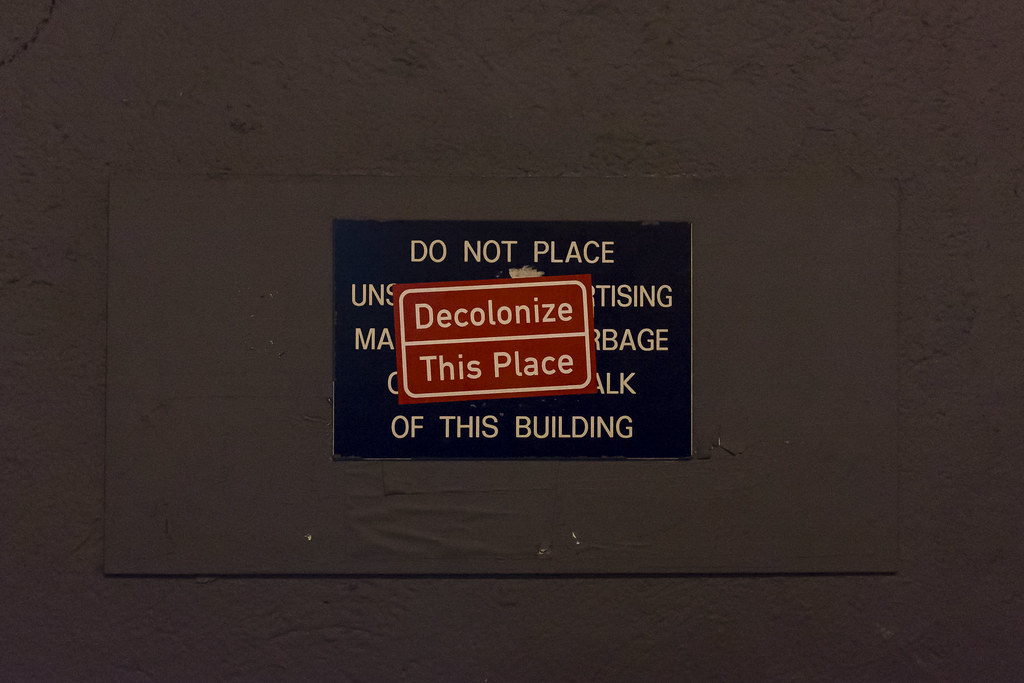
10. **The Profound Impact of Global Conflicts and Decolonization**Beyond the domestic shifts and consumer booms, the 1950s was a turbulent arena of global change, marked by intense geopolitical struggles and the powerful wave of decolonization. This was the decade when old colonial empires began to unravel, leading to new nations, new conflicts, and a complete remapping of global power dynamics that would deeply shock anyone living in today’s interconnected, yet still conflict-ridden, world.
Large-scale decolonization in Africa and Asia began in earnest, gaining unstoppable momentum. Entire continents shook off centuries of foreign rule, a monumental shift that often led to brutal conflicts and complicated new beginnings. Wars like the First Indochina War, the Malayan Emergency, and the devastating Korean War (which lasted from June 25, 1950, until July 27, 1953) were clear manifestations of this tumultuous period.
The Suez Crisis in 1956, where the UK, France, and Israel invaded Egypt, symbolized the “beginning of the end of colonialism” and the weakening of European global importance. The Cuban Revolution (1953-1959) further added geopolitical tension, bringing the first communist government to the Western Hemisphere. The 1950s truly redefined the global chessboard, leaving a legacy of independence, but also of enduring conflicts and new power struggles that shaped the modern world.
Read more about: Unveiling America: A Journey Through the United States’ Rich Tapestry of History, Geography, and Enduring Global Influence

11. **A Shocking Assassination Attempt on a US President**In a decade often remembered for its surface-level tranquility, a truly shocking event occurred right on American soil, demonstrating that even the highest office was not immune to radical threats. On November 1, 1950, two Puerto Rican nationalists launched an audacious assassination attempt on U.S. President Harry S. Truman, an event that would send shivers down the spine of any modern citizen.
The target wasn’t the White House itself, but Blair House, where President Truman and his family were staying. Griselio Torresola, with firearm experience, and his accomplice Oscar Collazo, made their daring assault. What unfolded was a fierce gunfight right on the streets of Washington D.C., a stark and brutal reminder of the political tensions simmering beneath the surface of American life.
During the intense exchange of gunfire, Torresola mortally wounded White House policeman Leslie Coffelt. But in a moment of incredible heroism, Coffelt, even as he was dying, managed to shoot Torresola dead, ending the immediate threat to the President. Collazo was found guilty of murder and initially sentenced to death in 1952, though his sentence was later commuted to life in prison. This incredibly violent and direct assault on the nation’s leader serves as a chilling testament to the era’s hidden dangers and the bravery of those who stood guard.
Read more about: Frederick Forsyth, Master of the Geopolitical Thriller, Dies at 86: An In-Depth Look at His Extraordinary Life and Enduring Legacy

12. **The Groundbreaking Discovery of DNA’s Structure**Prepare to have your mind absolutely blown, because in the midst of all the political drama and technological leaps, the 1950s delivered one of the most profound scientific breakthroughs in human history! We’re talking about nothing less than the discovery of the double-helix structure of DNA, the very blueprint of life itself. This wasn’t just a science experiment; it was a revelation that would forever change our understanding of biology, genetics, and medicine.
In 1952, Francis Crick and James Watson made the monumental discovery of DNA’s spiral structure, a finding that instantly became iconic. Their work, however, built upon the crucial contributions of other brilliant minds, notably Rosalind Franklin, whose X-ray diffraction images provided critical evidence that helped unlock the molecule’s secrets. It was a collaborative triumph, even if the recognition was not always equally distributed at the time.
This revelation about the double helix didn’t just look cool; it provided the fundamental mechanism for how genetic information is stored, replicated, and passed down through generations. It opened up entirely new fields of scientific inquiry, from understanding hereditary diseases to the development of genetic engineering. The 1950s truly pulled back the curtain on the most intricate dance of life, offering insights that continue to shape biotechnology and healthcare in ways that would have been unimaginable to previous generations.
Read more about: From Pixelated Thrills to Global Phenomenon: The Unstoppable Journey of Sega’s Iconic Speedster, Sonic the Hedgehog
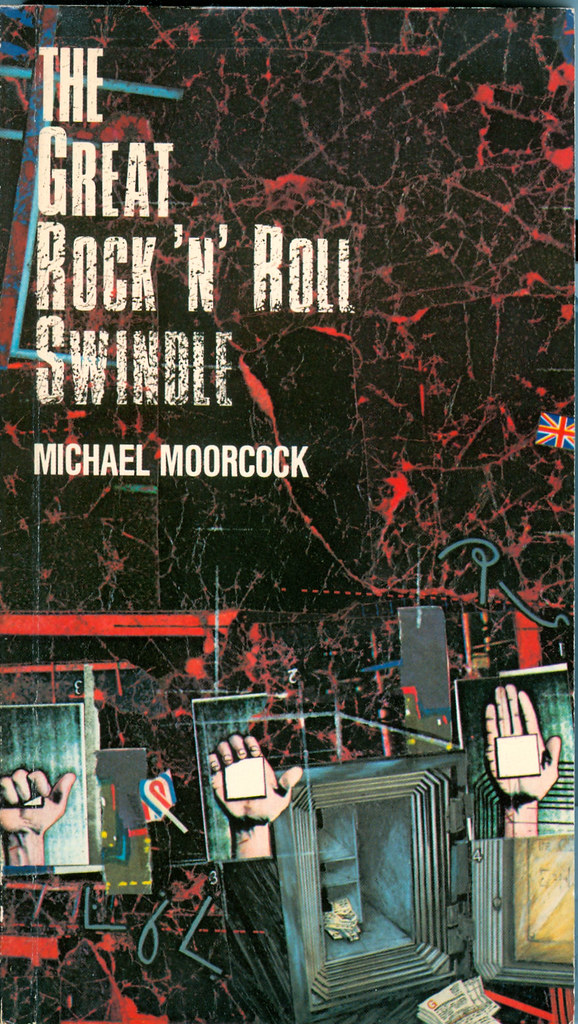
13. **The Electrifying Birth of Rock ‘n’ Roll**If the 1950s was a simmering pot of change, then the birth of rock ‘n’ roll was when it finally boiled over into a full-on, electrifying eruption of sound and culture! This wasn’t just a new music genre; it was a seismic shift, a rebellion in rhythm and style that targeted the burgeoning teenager market and became the defining soundtrack of a generation, a phenomenon that truly shook up the status quo and would absolutely surprise you with its raw, untamed energy today.
The mid-1950s witnessed the explosive emergence of rock ‘n’ roll, led by charismatic figures who became instant legends. Think about the likes of Elvis Presley, who, with his mesmerizing network television appearances and chart-topping records, became the undeniable leading figure of this newly popular sound. But he wasn’t alone; a galaxy of stars like Little Richard, Chuck Berry, Jerry Lee Lewis, and Fats Domino were also igniting stages and airwaves.
Chuck Berry, with hits like “Maybellene” (1955) and “Johnny B. Goode” (1958), truly refined and developed the major elements that made rock and roll distinctive. His focus on teen life, coupled with innovative guitar solos and electrifying showmanship, laid a foundational blueprint for all subsequent rock music. This music wasn’t just for listening; it was for dancing, for living, and for expressing a new, youth-driven identity that marked a radical departure from the more conservative sounds of the previous decade.
Product on Amazon: MyHeritage DNA Test Kit: Genetic Testing for Ancestry & Ethnicity Covering 2,114 Geographic Regions and DNA Matching to Relatives
Brand: MyHeritage DNA
Binding: Health and Beauty Product Group: Drugstore
Price: 49 USD
Rating: 4.3 Total reviews: 10412
Features:
1. DETAILED ETHNICITY RESULTS & MORE REGIONS: High-resolution breakdown covers 42 ethnicities and pinpoints your origins among 2,114 geographic regions, revealing the paths your ancestors traveled over generations. Results are delivered via a fun, animated experience.
2. SIMPLE CHEEK SWAB: Collect a cheek swab at home, it takes only 2 minutes and you’ll receive your results in 3–4 weeks.
3. DNA MATCHING: Huge global database enables matching to relatives all over the world based on your DNA. MyHeritage is the #1 service for European DNA matching.
4. HIGHEST PRIVACY STANDARDS: Highest technological standards and privacy measures, all for an affordable price. You are the sole owner of your data and all of your information is encrypted.
5. FAMILY TREE INTEGRATION: Make the most of your DNA results when you combine them with a MyHeritage plan. Access advanced DNA features and billions of historical records as you build your family tree and discover your family history.
Shopping on Amazon >>
Read more about: Beyond Ebert’s Top 5: A Deep Dive into 13 Legendary Films That Shaped Cinema History

14. **A Major Environmental Disaster: The Great Smog of London**While the 1950s were a time of great optimism and progress, they also delivered a chilling wake-up call about the unintended consequences of industrialization. Picture this: a thick, suffocating blanket descending over one of the world’s greatest cities, not for hours, but for days. The Great Smog of London in early December 1952 was a major environmental disaster that would absolutely shock us today, serving as a stark, horrifying warning.
This wasn’t just a typical foggy London day; it was an unprecedented atmospheric event. The smog caused severe disruption, dramatically reducing visibility to mere feet and even penetrating indoor areas, far more intensely than any “pea-souper” that had come before. Life in the city ground to a halt, as transportation became impossible and the air itself became a toxic brew.
The human cost was devastating. Government medical reports in the weeks following the event estimated that up to 4,000 people had died as a direct result of the smog, primarily due to respiratory illnesses. An additional 100,000 or more were made gravely ill by its insidious effects. This horrifying event served as a monumental catalyst for environmental awareness and legislative action, forcing society to confront the dangers of industrial pollution and laying the groundwork for modern clean air acts globally. It stands as a chilling reminder that progress, unchecked, can have truly devastating consequences.
So there you have it – another wild ride through the 1950s! From the birth of plastic money that changed how we shop, to the tiny transistor that now powers our entire digital world, to the very building blocks of life itself, and even a harrowing environmental disaster that shaped our understanding of public health. This decade wasn’t just about poodle skirts and sock hops; it was a foundational, fascinating, and often shocking period that continues to influence every single one of our lives. What a ride!



